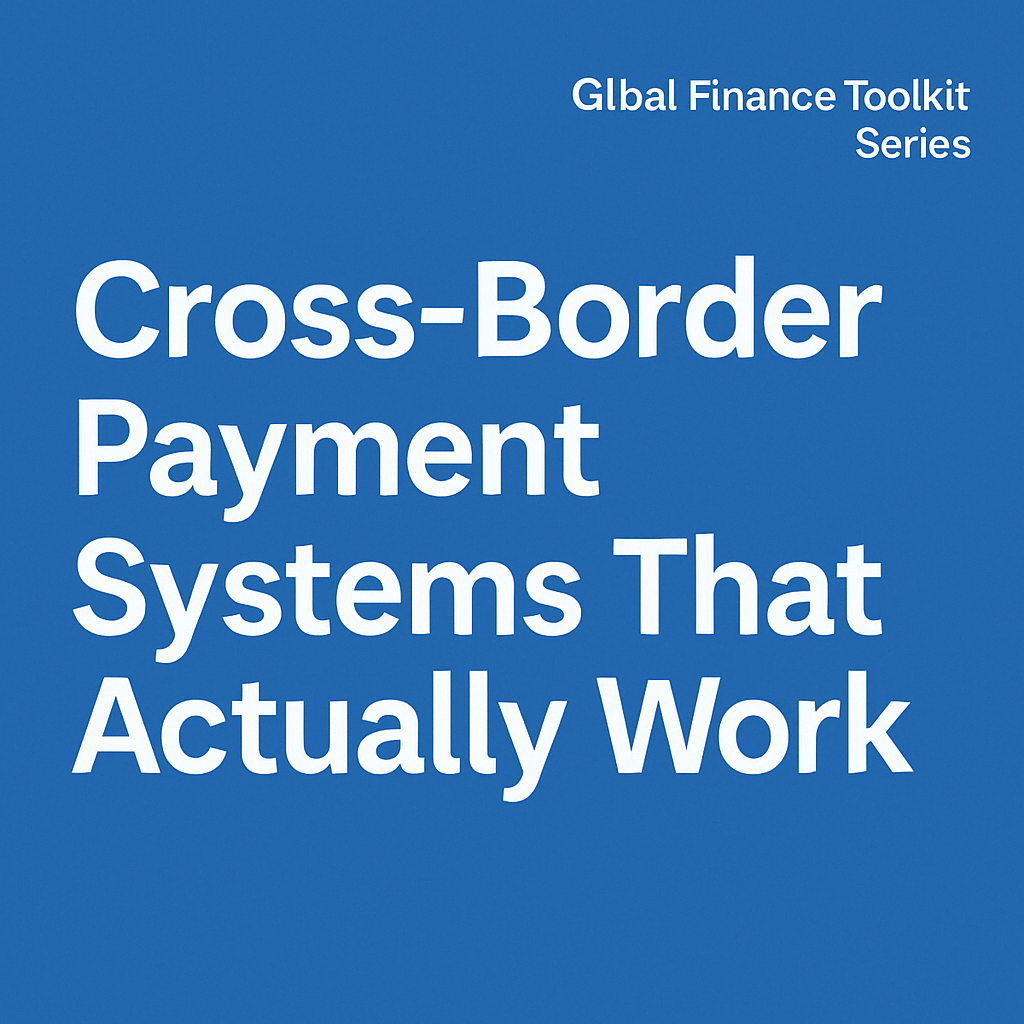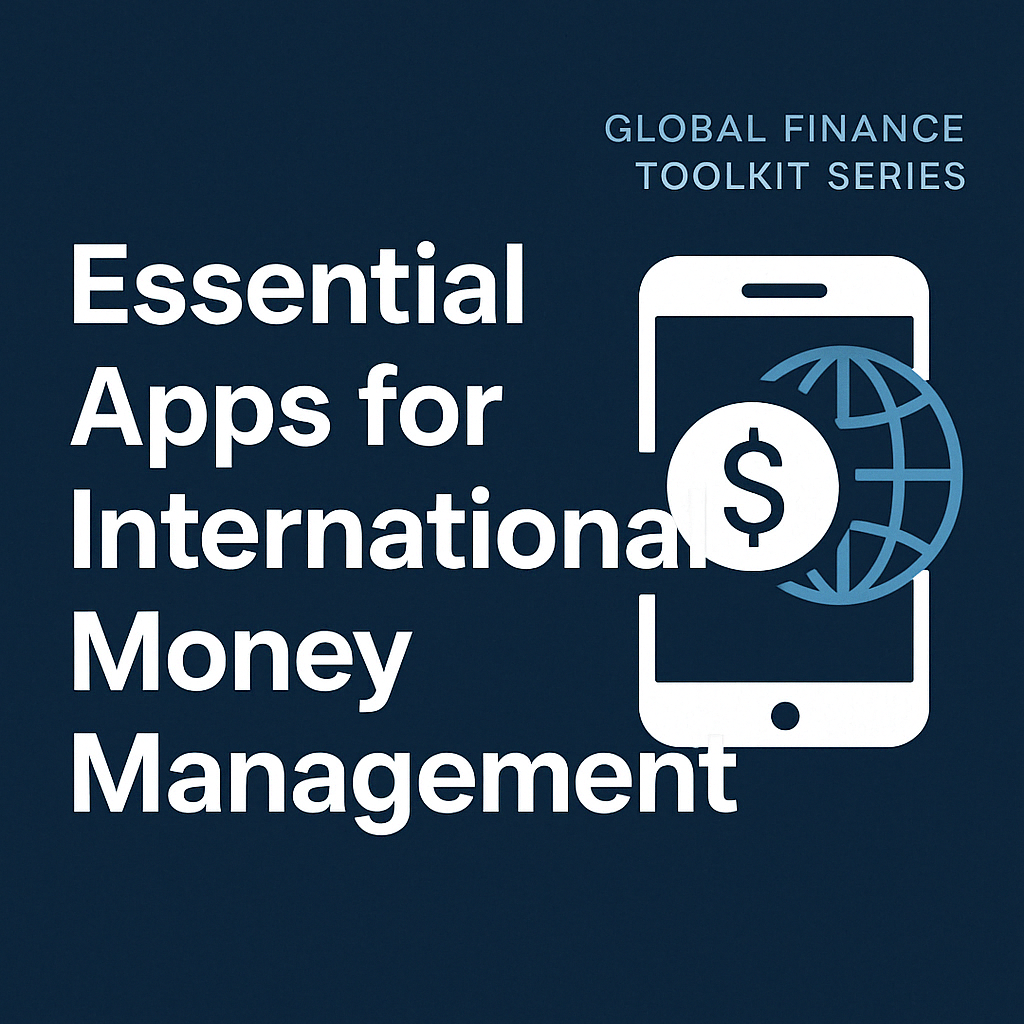You’ve read the guides. You know the theories. But when you’re actually on the ground—in a foreign country, trying to pay for lunch, tuition, or inventory—what works best?
This article walks you through three real-world profiles and how each can optimize their international payments to avoid fees and maximize value in 2025.
Scenario 1: The Traveler – Moving Across Countries Every Few Weeks
Profile:
- Short-term stays in multiple countries
- Frequent use of public transport, cafes, hotels, tours
- Needs simplicity, safety, and wide acceptance
Challenges:
- Local ATMs charge fees
- Credit card companies apply foreign transaction fees
- Currency exchanges eat up margins
Smart Payment Strategy:
- Use a Revolut or Wise multi-currency card
- Always pay in local currency, not USD
- Withdraw larger amounts from Schwab or Revolut ATM-reimbursed accounts
- Link to Apple/Google Pay to skip physical cards
- Use virtual cards for hotel and travel bookings online
Estimated Savings:
Over a 3-month trip: $150–$300 saved on FX fees and ATM charges.
Scenario 2: The International Student – Living Abroad for One to Two Years
Profile:
- Fixed income (allowance or part-time work)
- Monthly rent, tuition fees, phone/internet, and food
- Often new to financial systems abroad
Challenges:
- Foreign tuition payments incur large wire fees
- ATM and banking access limited
- Local cards often require local ID or credit history
Smart Payment Strategy:
- Open a Wise account for tuition and recurring transfers
- Use a Revolut debit card for everyday spending
- Choose monthly SIM + eSIM services that accept global payments
- Ask landlords if they accept Wise transfers or PayPal
Estimated Savings:
Over 12 months: $400–$600 saved on tuition payments, daily expenses, and bank fees.
Scenario 3: The Overseas Entrepreneur – Running a Small Business Globally
Profile:
- Receives payments in multiple currencies
- Pays vendors, freelancers, and cloud platforms abroad
- Needs speed, transparency, and automation
Challenges:
- High international wire transfer costs
- Currency exchange risk
- Expense tracking across platforms
Smart Payment Strategy:
- Use Wise Business account with local currency balances
- Send bulk payments to contractors through Wise (flat fee)
- Sync payments and invoices using Xero/Revolut Business
- For eCommerce, connect Stripe + Wise for faster settlements
Estimated Savings:
Over a year: $1,000+ saved across multiple currencies and transfers.
Final Summary Table
| Profile | Toolset | Key Moves | Savings Potential |
|---|---|---|---|
| Traveler | Wise + Revolut + Mobile Wallet | Local currency payments, fee-free ATMs, virtual cards | $150–$300 / 3 months |
| Student | Wise + Revolut | Tuition via Wise, everyday spending on Revolut | $400–$600 / year |
| Entrepreneur | Wise Business + Xero | FX hedging, flat-fee transfers, global invoicing | $1,000+ / year |
Why This Matters
Financial advice often feels abstract—until you’re in a foreign city and your card declines, your bank blocks your ATM access, or you lose 8% on currency conversion.
These real-world strategies are designed not for theory, but for action.
Whatever your life abroad looks like, if you plan ahead and choose the right tools, you can turn international payments into a strategic advantage.


